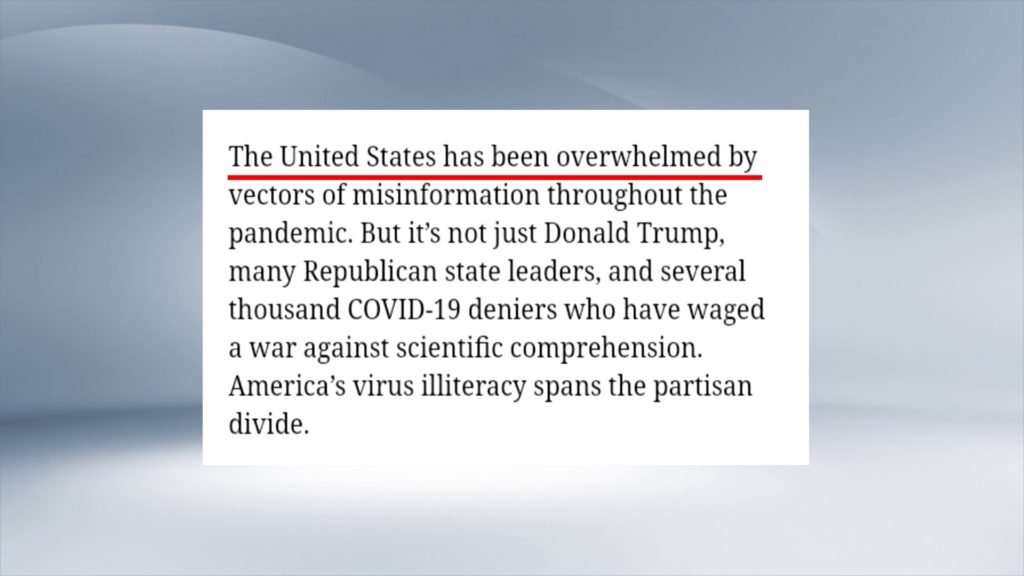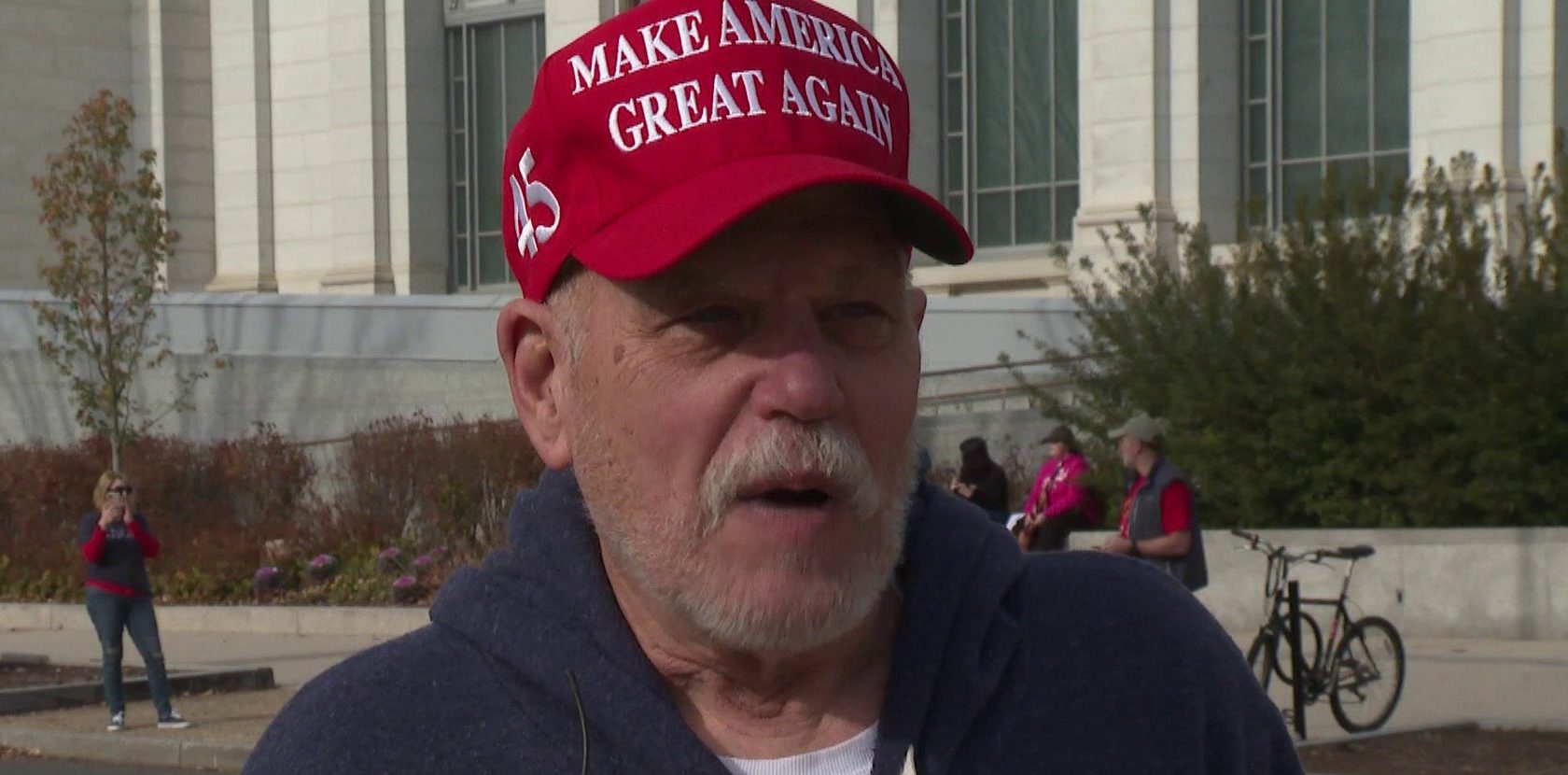Recently, Atlantic Monthly published an editorial entitled “To this day, the American elite still don’t understand COVID-19”, criticizing the U.S.
government for the ineffective epidemic prevention and control, the chaos of epidemic prevention measures, and the loopholes in health guidelines, which put the American people into a miserable situation.
The article pointed out that since the outbreak of COVID-19, the United States has been submerged in the torrent of misinformation.
However, it is not only the leaders of the U.S. government and the Republican leaders of the states who have declared war on science, but also thousands of people who deny the existence of COVID-19. America’s ignorance of the virus has even crossed partisan divides.

Florida Governor DeSantis praised the state’s excellent performance in the fight against the epidemic and mocked people worried about the epidemic.
As a result, a few weeks later, Florida became one of the worst affected areas in the United States. North Dakota, which is pro-Republican, also refused to take epidemic prevention measures such as wearing masks, and then experienced
a more serious outbreak. And even the states that support the Democratic Party are full of nonsense. A new LA rule bans walking on the beach while malls remain open.
A Philadelphia regulation prohibits citizens from drinking beer outdoors, but state law allows people to drink and eat in indoor bars and restaurants. The public health response in the United States is confusing. The federal government’s health guidelines are either absent or full of loopholes.
The article said that American rule makers do not seem to have a clear understanding of what COVID-19 is. The leadership of the United States has enacted regulations that lack scientific basis and reasonable explanation, putting the people they once vowed to protect in a miserable situation.
U.S. media criticizes the weak epidemic prevention and control in the United States
The cumulative number of confirmed cases of COVID-19 worldwide has exceeded 70 million, and the United States remains the country most affected by the epidemic in the world.
However, in response to the deteriorating COVID-19 epidemic, problems such as poor coordination of the U.S. government, insufficient medical resources in various states, and weak people’s awareness of protection are still serious.
Since December, the number of patients hospitalized for COVID-19 in the United States has exceeded 100,000 for many consecutive days, and the intensive care beds in many state hospitals in the United States have been almost saturated.
CNN recently reported that a COVID-19 patient in South Dakota had to be sent to hospitals hundreds of kilometers away from other states for treatment because of insufficient beds.
COVID-19 Patient Rose Marie: I was thinking about what happened and how could it be, do you know how far this hospital is from my home, if I had to be transferred to another hospital for treatment, I don’t know what would happen, just like our medical system was completely unprepared to deal with it. The challenge of COVID-19.
The director of San Francisco, California, said recently that all intensive care units in the San Francisco Bay Area will be full by December 27.
The Pennsylvania Health Director also said that if the number of COVID-19 patients in the state continues to increase in the next few days, many new patients will be turned away because of insufficient hospital beds, which means that they cannot receive treatment and their lives will be threatened.
In addition, the lax protection consciousness of the general public and unclear understanding of the novel coronavirus are also great challenges for the prevention and control of the epidemic in the United States.
On the 12th, Trump supporters held a rally again in Washington. With Washington already issuing a mandatory mask order, thousands of supporters at the scene almost did not wear masks that day.
Even many people still think that the novel coronavirus is just like ordinary flu and does not need special protection.
Trump Supporter Bob: In my opinion, as with other flu, what I hear and understand is that the number of deaths of elderly people in the United States is the same every year, and there is no change.
This data has also not changed in the context of the COVID-19 epidemic this year.
Earlier, Professor Anthony Fauci said that the coronavirus vaccine will not have an immediate impact on mortality, at least there will be no significant change in the next few weeks.
It is expected that in January and February next year, the number of confirmed cases and deaths of COVID-19 in the United States will continue to increase, and the epidemic situation will continue to deteriorate.



